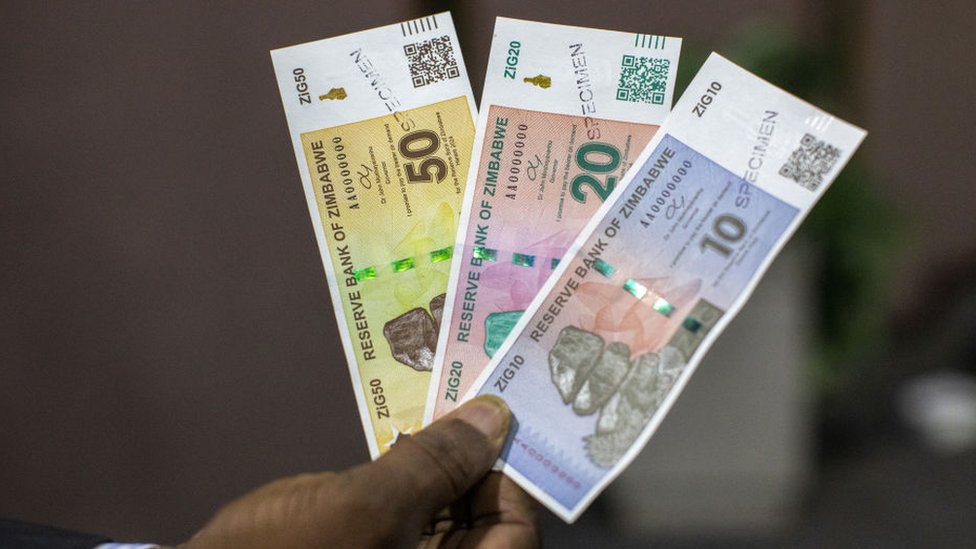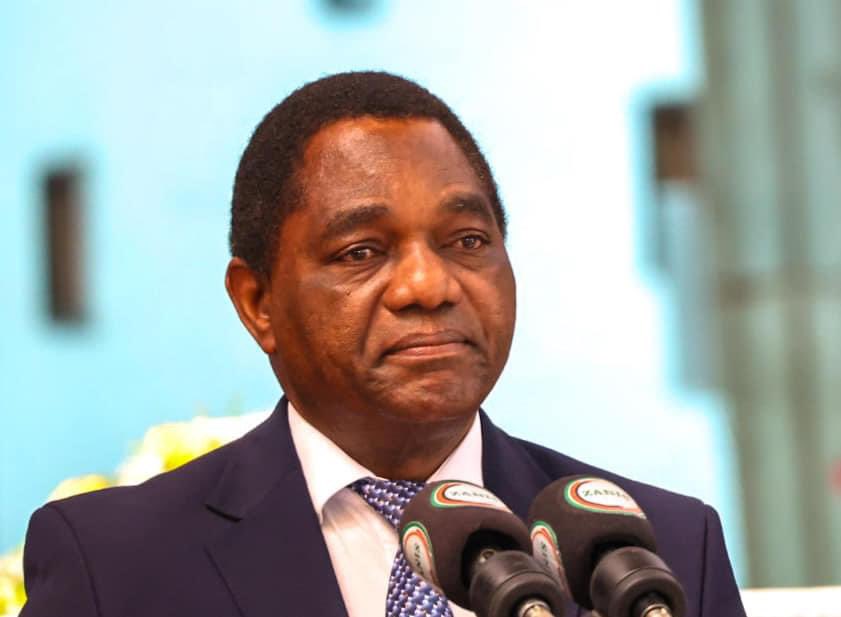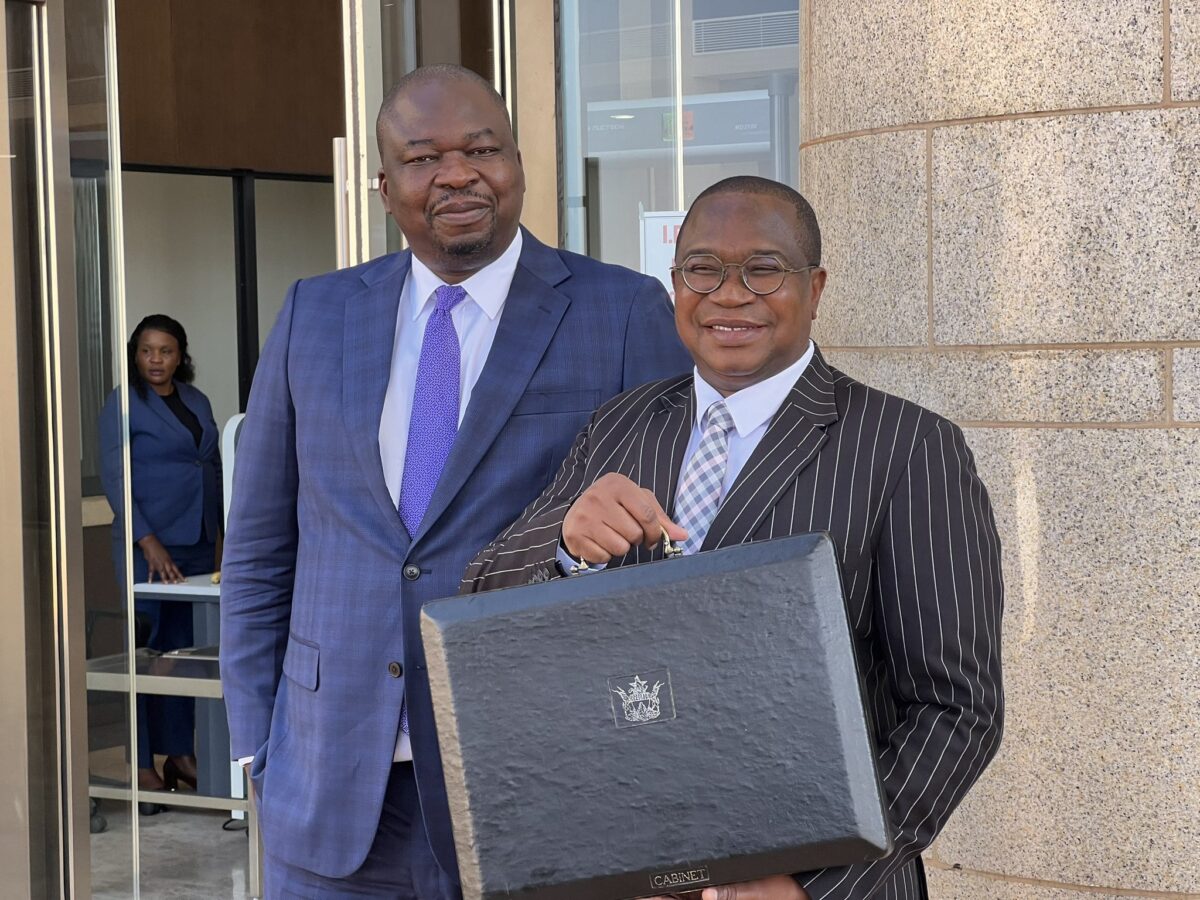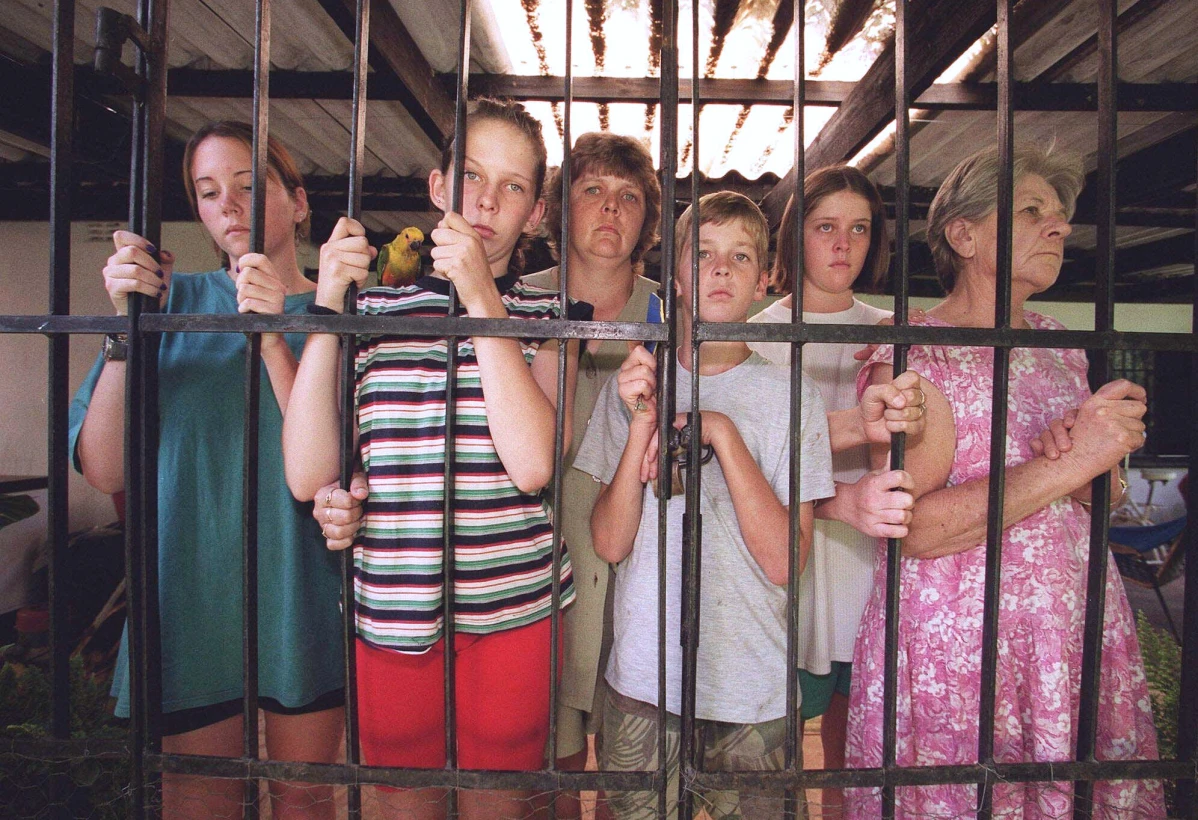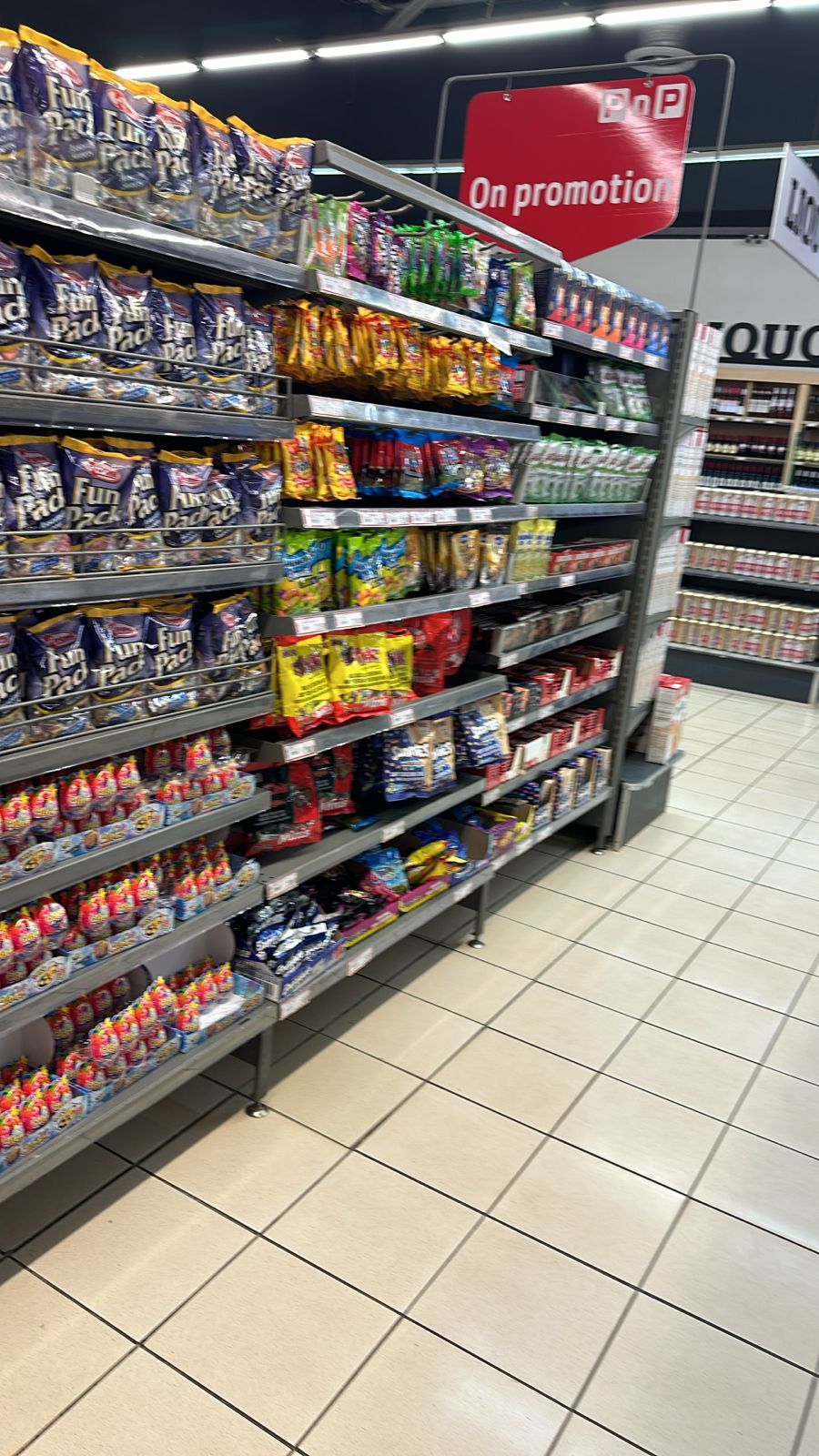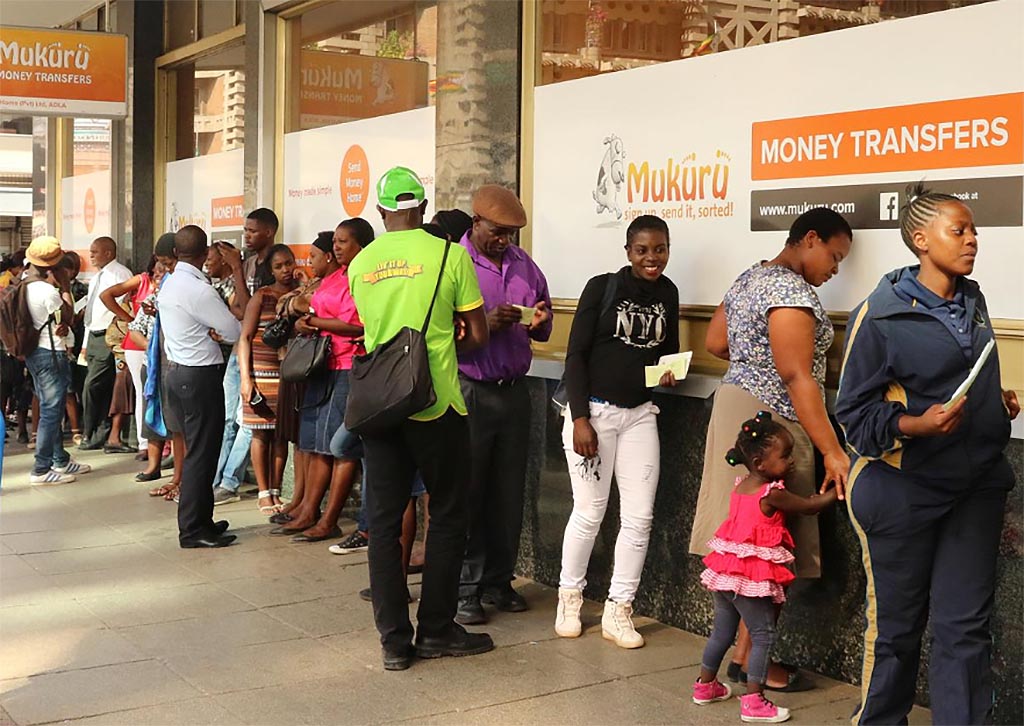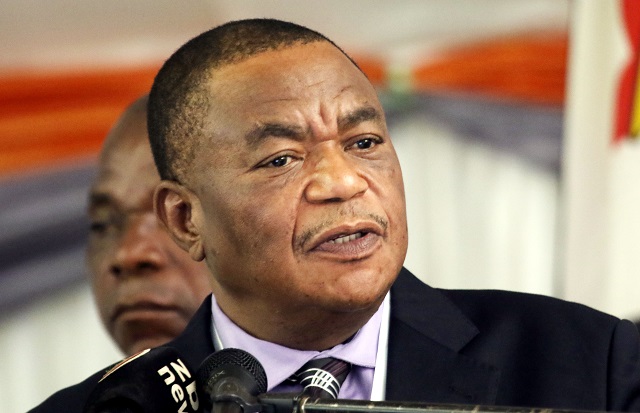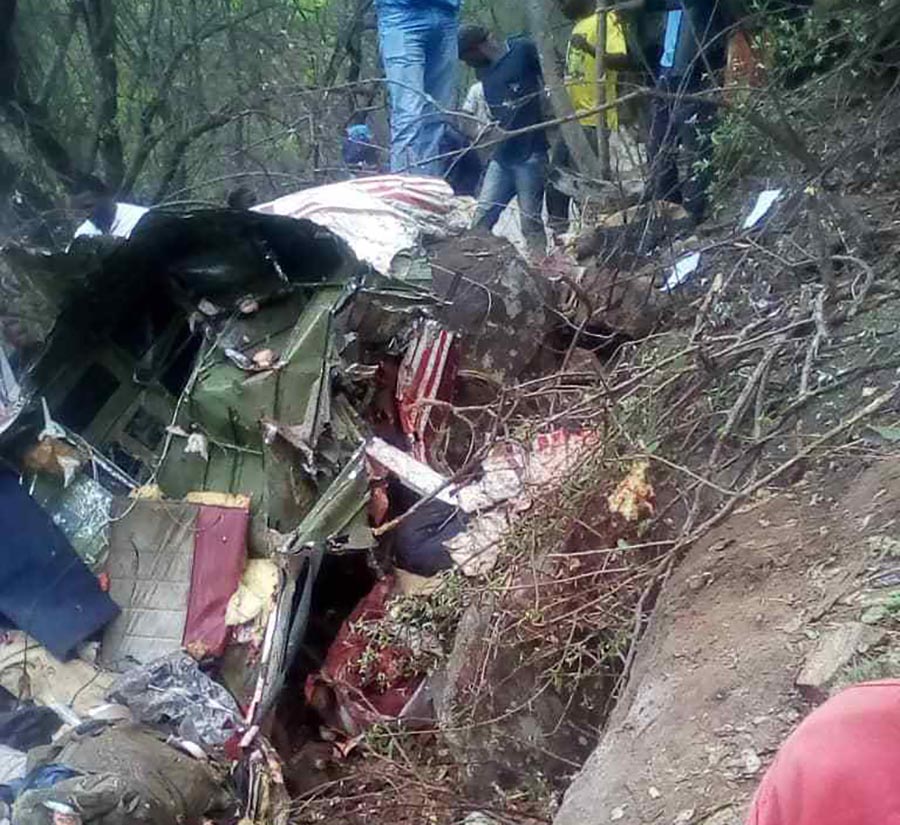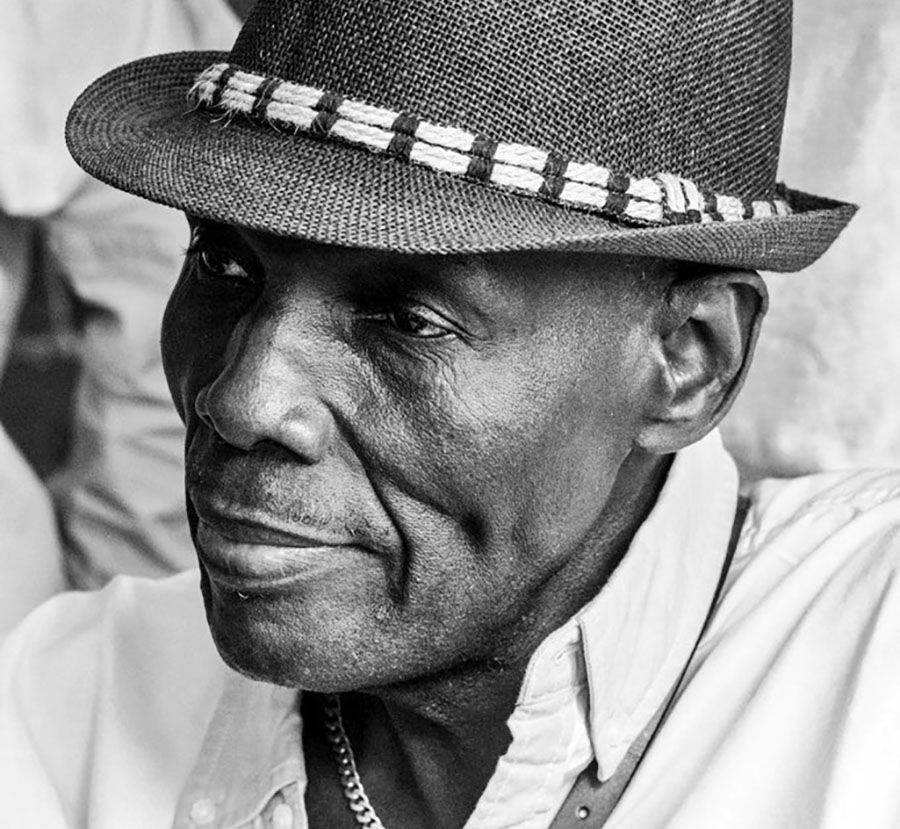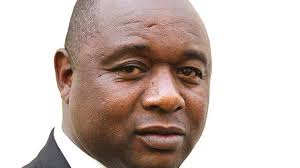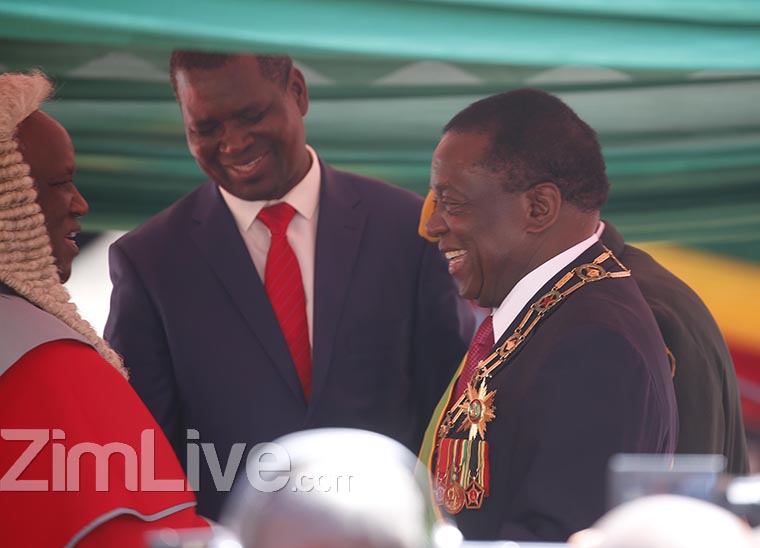HARARE – Nearly five months after changing its currency to arrest inflation, Zimbabwe is back in familiar territory as the new local unit has started losing ground.
The problem seems to be based on how the country tried to ditch the US dollar, now rushing for it.
The southern African country has been grappling with currency crises for over 24 years. On April 5, it introduced the Zimbabwe Gold (ZiG), which it said was backed by 2.5 tonnes of gold and foreign currency reserves worth about $285 million.
Authorities were forced into a swift currency change after a drastic depreciation of the Zimbabwe dollar (ZWL) since its reintroduction in 2019 when it lost over 80 percent of its value from the beginning of this year.
The government of President Emmerson Mnangagwa rolled out a string of policies to shore up the new currency, including jailing street traders that were accused of fueling the parallel foreign currency market, and tightly controlling the foreign exchange rate.
While the official foreign currency exchange rate has remained relatively stable at $1 to ZiG14.5 from the fixed rate of $1 to ZiG13.5 at introduction of the new currency in April, on the more popular black market it is now pegged at ZiG24 to $1.
Market watchers say most of the depreciation happened this month and some are already ringing the alarm bells.
They say Zimbabwe’s new currency could be heading down a now very familiar path.
Eddie Cross, an economist and President Mnangagwa’s advisor, said if no immediate interventions were made to protect the new currency it will not recover from the knocks it has suffered this month.
“When the ZiG was launched in April this year, just four months ago, the governor of the Reserve Bank of Zimbabwe stated that he had three times cover for the currency in hard currency and gold reserves,” Cross said.
“He said he was determined to protect its value and was confident he could do so.
“They held the value (in the parallel market) at about 15 to 1 for two months but in the past month, the parallel market rate has devalued to 24 to 1.
“It bounces up and down, but the trend is down. If this continues, the ZiG is wounded and will not recover.”
He attributed the re-emerging currency problems to Zimbabwe’s failure to manage a proper de-dollarisation process.
Cross said popular sentiment on the market was that the ZiG was going down the same way as the defunct Zimbabwe dollar because of the controlled exchange rate.
“Today the RBZ strives to force everyone to trade the local ZiG at 14.5 to $1,” he said.
“Five hundred businesses have been fined or worse for (foreign currency exchange) violations.
“The informal sector, which is now half the economy, walks into stores, buys what they want at 14.5 to $1, walks out the door and sells it for US dollars in a market awash with foreign currency, sells the US dollar for 24 to $1 and returns to restock.
“The retailer sits with millions of ZiG in his accounts, which no one will accept because they need hard currency to service their own demands.”
Zimbabwe’s biggest sugar producer, Hippo Valley, put the currency conundrum into perspective in its financial results for the year ending July 30.
The company said while its revenues in US dollars were decreasing and local currency denominated sales were increasing, service providers were preferring settlement in foreign currency.
“The company is currently experiencing a mismatch between the ZiG and US dollar on revenues and expenditure where the currency mix on revenues is currently showing a decrease in US dollar denominated sales and an increase in ZiG dominated sales, while providers of goods and services are currently preferring settlement more in US dollars than what the company is able to generate from the normal sales,” Hippo Valley said.
The Confederation of Zimbabwe Industries (CZI), the country’s largest industry representative body, said while the ZIG has been showing signs of depreciation on the formal market, the slide has been wider on the parallel market.
CZI said most companies were struggling to get foreign currency on the official market and this could undermine the wide use of the ZiG.
“A huge parallel market premium does not only impose inflationary pressures on the ZiG but in US dollars as firms would also need to adjust US dollar prices upwards to be deemed compliant by the RBZ,” CZI said in its latest currency and inflation update.
It said the excessive demand for foreign currency on the formal market should have resulted in a significant depreciation of the ZiG “were the exchange rate truly market determined.”
President Mnangagwa’s government also spent heavily on infrastructure upgrades ahead of a regional summit held in Harare on August 17 and the advisory firm said this was also putting pressure on the local currency.
“This could result in the continued depreciation of the ZiG in the second half of the year, albeit at a slower rate than the Zimbabwe dollar’s depreciation in the first quarter,” it said.
“The ZiG inflation will likely follow suit considering that its volatility largely lends from exchange rate volatility.”
Cross said the only way to end Zimbabwe’s currency woes that were temporarily halted in 2009 after the country was forced to dollarise was to end the multicurrency system and protect the ZiG as the country’s sole currency.
Zimbabwe’s first currency change was in 2009 when an inflation rate of 500,000,000,000 percent, according to the International Monetary Fund (IMF), forced the regime of Robert Mugabe to abandon the local currency and legalise a basket of currencies dominated by the US dollar.
In 2019, the government reintroduced the Zimbabwe dollar and outlawed the multicurrency system; but later permitted the use of foreign currencies again during the Covid-19 era. East African

